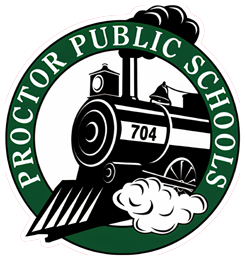Grading
In an effort to help you better understand your child's achievement, we want to offer an explanation of the grading used at Jedlicka Middle School. All teachers will be measuring essential skills based on the Minnesota State Academic Standards. Standards specify what children are expected to know and be able to do at each specific grade level. Student scores reflect how well children are achieving these concepts and skills. Minnesota law requires us to report on standards for each child. In some cases, your student's teacher will be indicating progress using a rubric-based grading system that includes these standards.
ASSESSMENT PHILOSOPHY IN PRACTICE
A focus on the standards, while it may look slightly different depending on content area or assignment, manifests itself into a great learning experience for students. Here is how we see it changing the culture of our classrooms:
Teachers and students engage in frequent conversations about what A/B/C/F work looks like. This means that performance rubrics for assignments are communicated with students in advance and examples of past work are shown, when appropriate.
Teachers design assessments that emphasize more application of skills than repetition of facts. Assessments are designed to also provide opportunities for demonstration of advanced knowledge.
Students can use their assessment data to set goals for their learning. This also means that students have more information than a simple percentage or score. They should be able to identify their strengths and areas that need improvement.
Assessments before, during, and after a unit of instruction offer students with the ability to track their progress. Teachers can use this information to remediate when necessary, and to provide challenge and extension activities for students who consistently perform at a high level.
